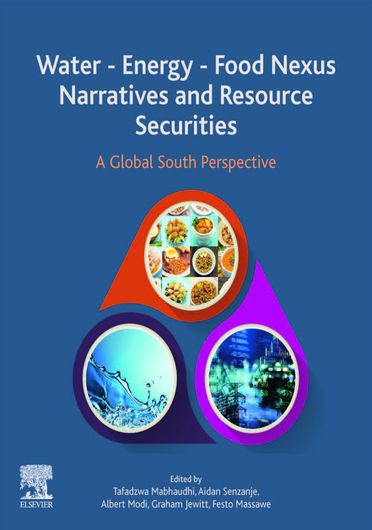The water-energy-food nexus: its transition into a transformative approach
Abstract
Water, energy, and food are vital resources for human wellbeing. Yet, they are under increased pressure to meet demand from a growing population at a time of worsening insecurity due to depletion and degradation of reserves. These challenges prompted the formulation of the Sustainable Development Goals (SDGs) in 2015. All the 17 SDGs are connected. They recognize that developments in one sector will impact other sectors and that any proposed development must balance socioeconomic and environmental sustainability. Also, as the three resources are the most impacted by climate change, they provide a close link between adaptation, climate system, human society, and the environment. The intricate interlinkages between water, energy, and food resources with the related relationships with socioeconomic development, healthy ecosystems, human development, and sustainable development caused the rapid growth of the water–energy–food (WEF) nexus concept since the United Nations General Assembly of September 2015. Although the concept existed before 2015, its progression increased after the World Economic Forum of 2011 after a presentation by the Stockholm Environment Institute (SEI) in anticipation of the SDGs. This chapter discusses the evolution of the WEF nexus before and after 2015. The emphasis is on the importance of the concept in establishing the interconnectedness of resources and as a guide for coherent policy decisions that lead to sustainable development.

